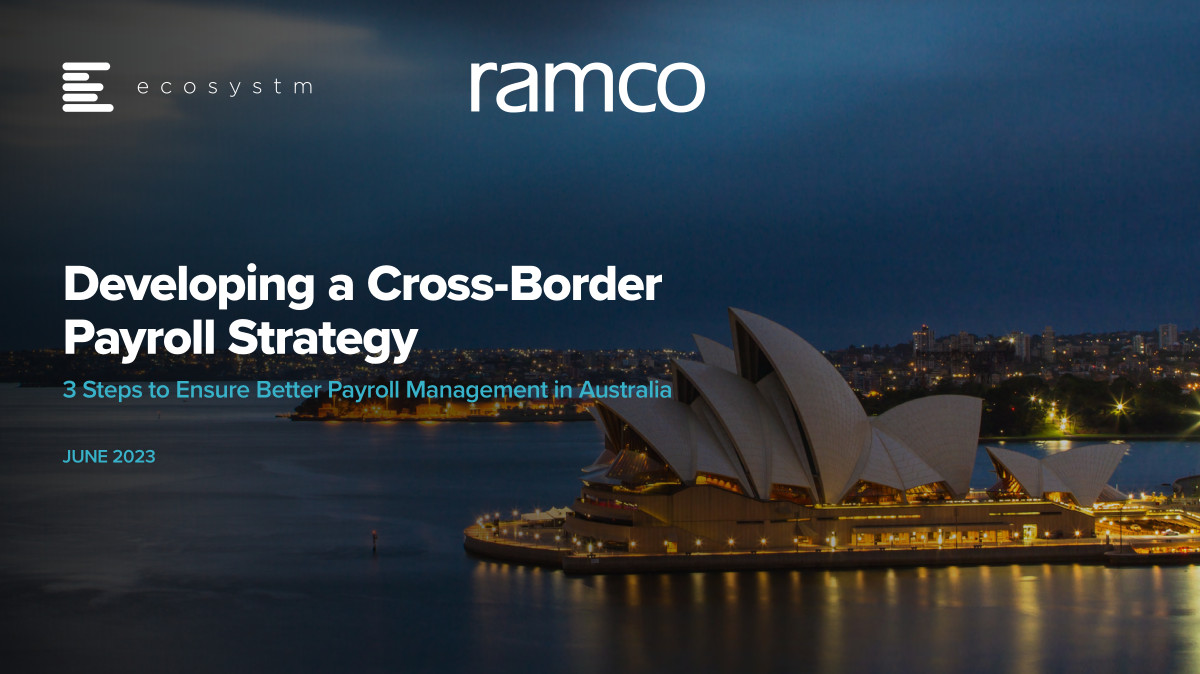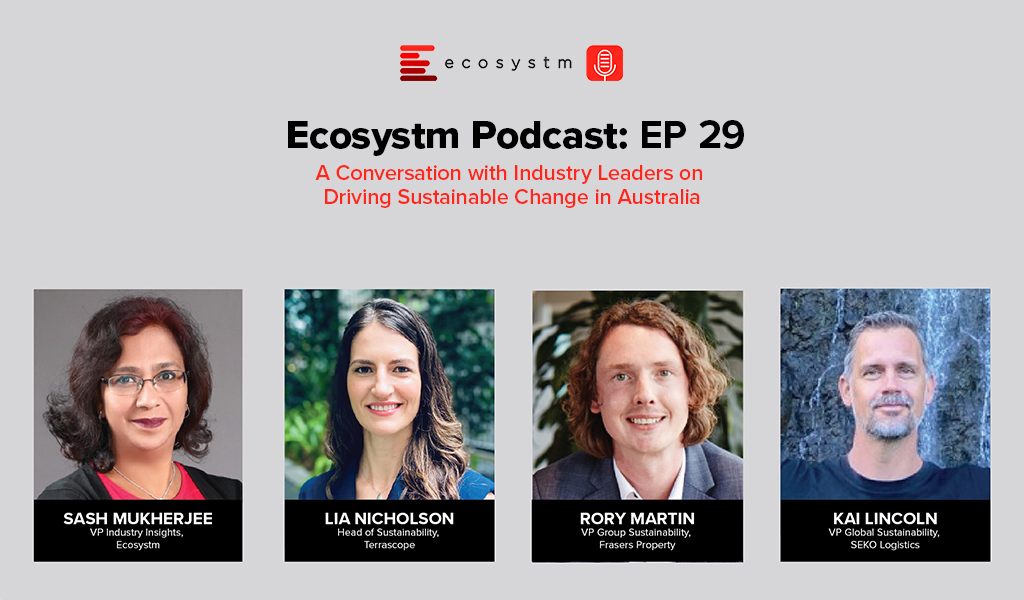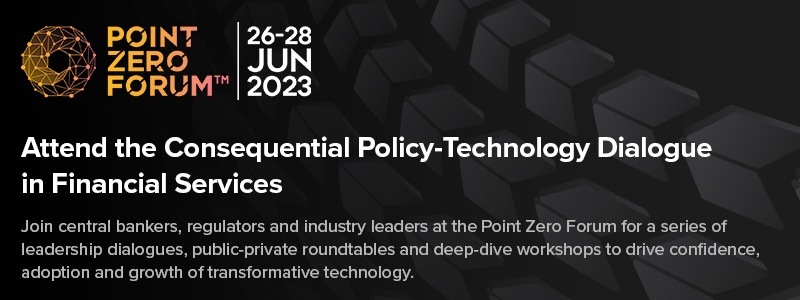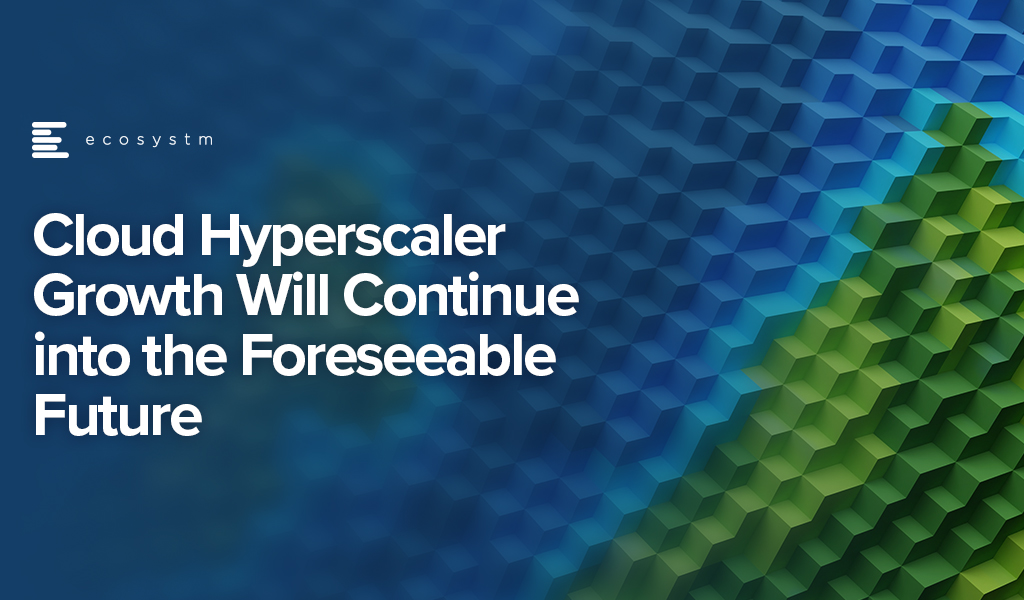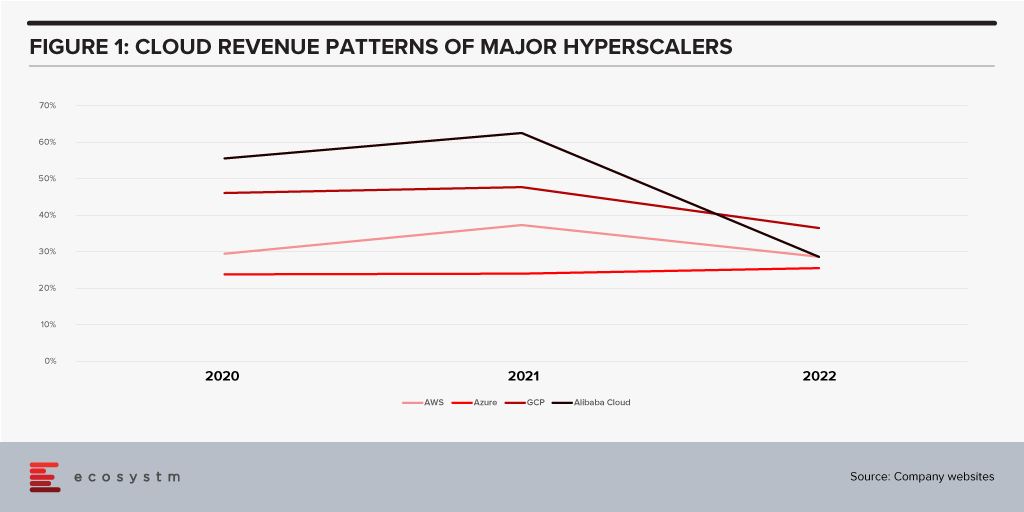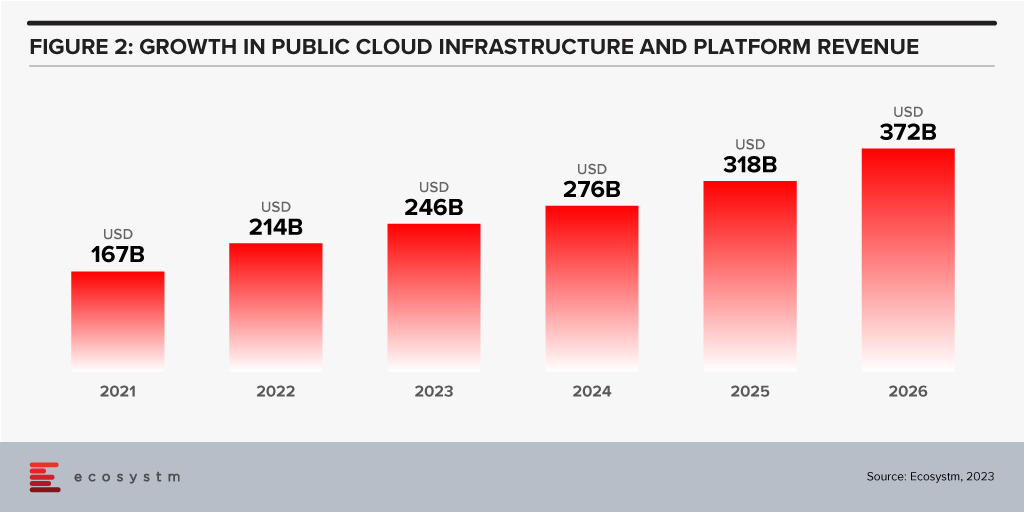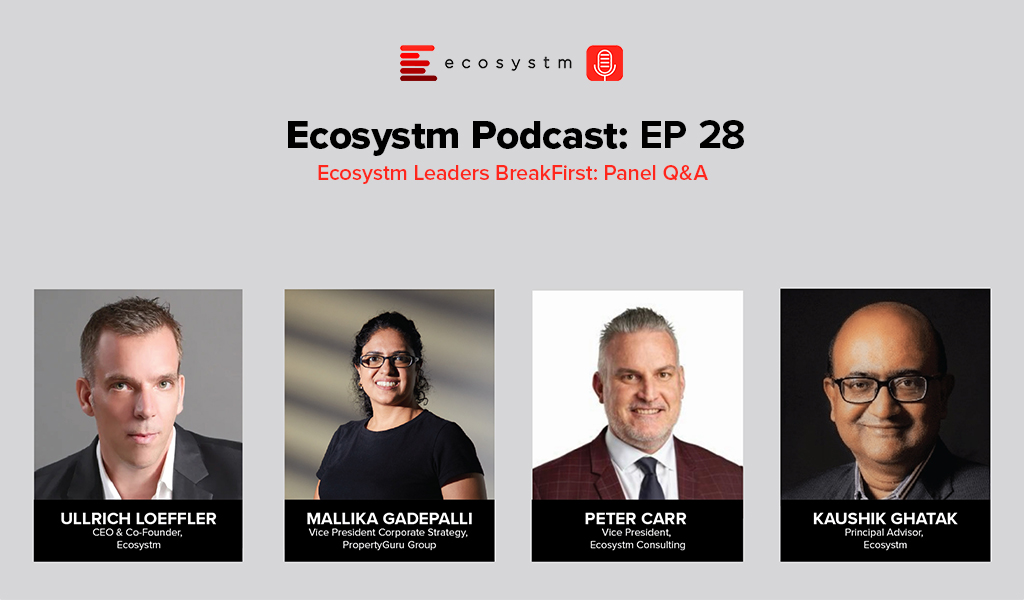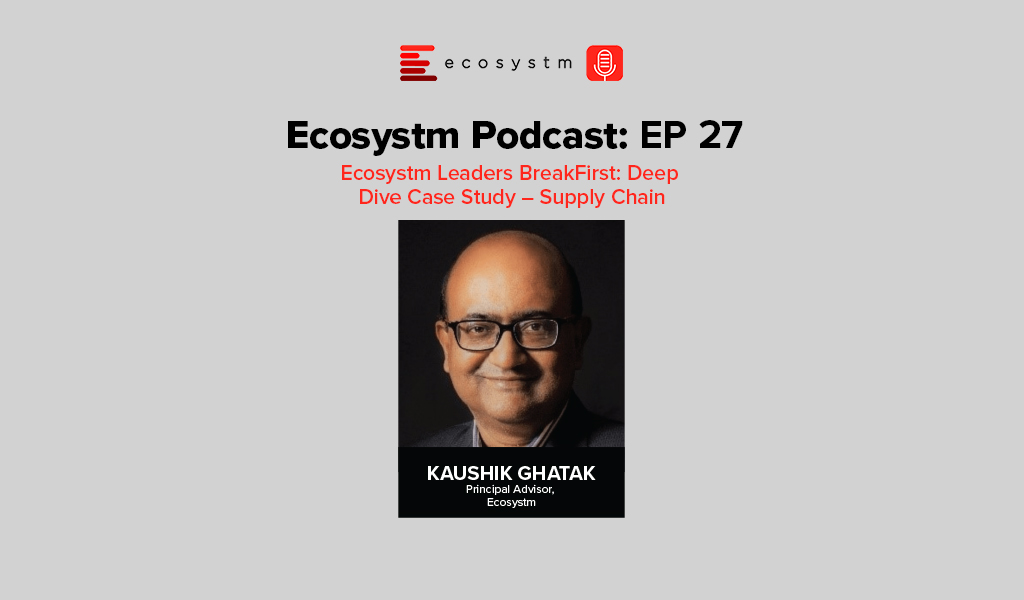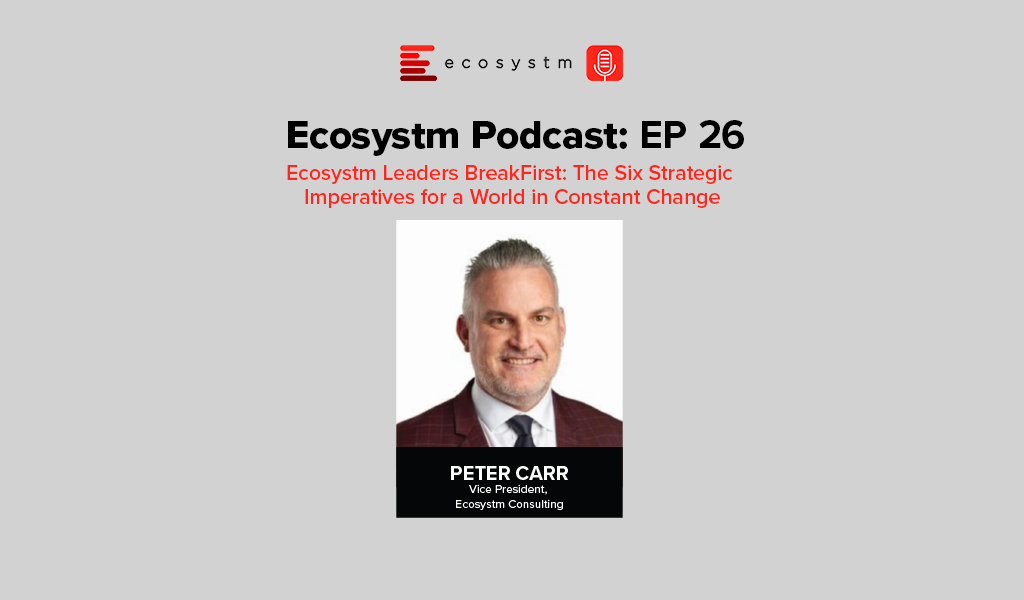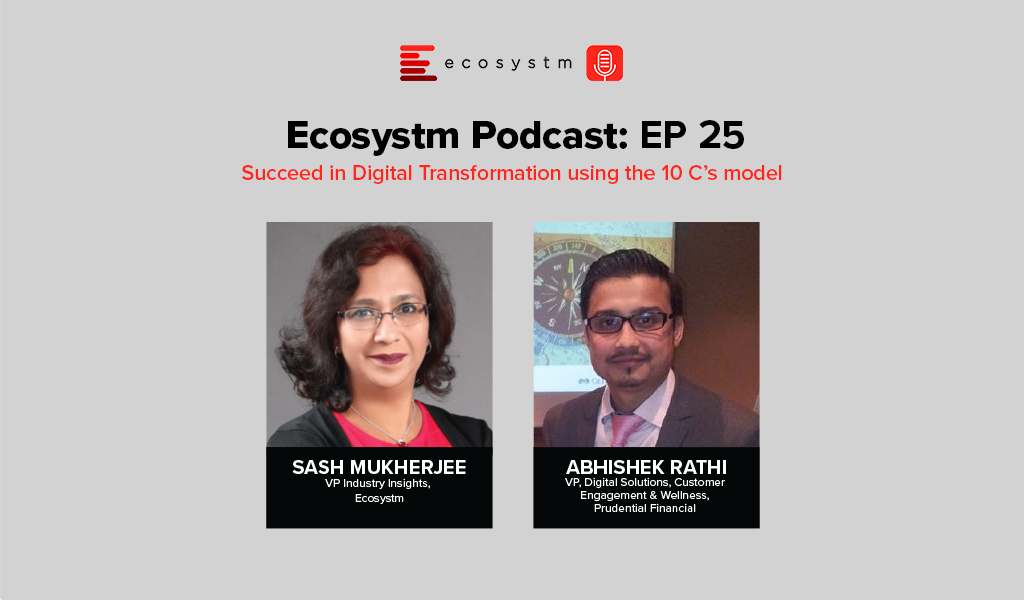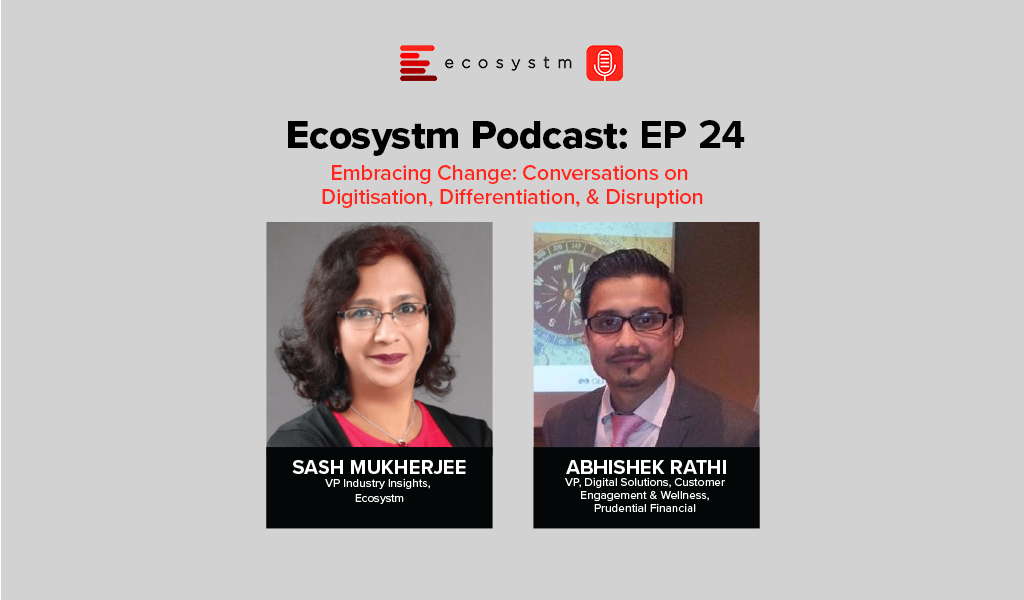No ratings yet.
In this captivating podcast episode, join Sash Mukherjee, VP Industry Insights at Ecosystm, as he engages in a thought-provoking dialogue with Abhishek Rathi, VP of Digital Solutions, Customer Engagement & Wellness at Prudential Financial. Together, they delve into the concept of the 3D’s: Digitisation, Differentiation, and Disruption, shedding light on their profound significance in today’s rapidly evolving business landscape.
Tune in to gain valuable insights into how these three elements shape the path to success in the digital age. Discover the pivotal role of Generative AI in driving transformational efforts and unlocking new possibilities for organisations, paving the way for innovation, efficiency, and growth.
Abhishek Rathi, an industry expert, shares his wealth of knowledge by revealing the different phases of the 3D’s. From understanding the importance of digitisation and leveraging it for cost efficiency and inward focus, to achieving differentiation through strategic partnerships, AI-based underwriting, predictive analytics, and wellness ecosystems.
Whether your organisation is already embarking on a transformational journey or considering one, Abhishek’s valuable advice provides guidance and direction. Learn how to overcome challenges, seize opportunities, and navigate the path to success in a rapidly changing digital landscape.
Make sure not to miss out on this exciting conversation, and stay tuned for the next episode of their discussion where Abhishek will delve into principles of the 10 Cs of Digital Transformation, which encompasses three key philosophies: The Mind, Body, and Soul.
Podcast: Play in new window | Download (Duration: 12:30 — 5.7MB)
Subscribe Spotify | Amazon Music | JioSaavn | Podchaser | | More




